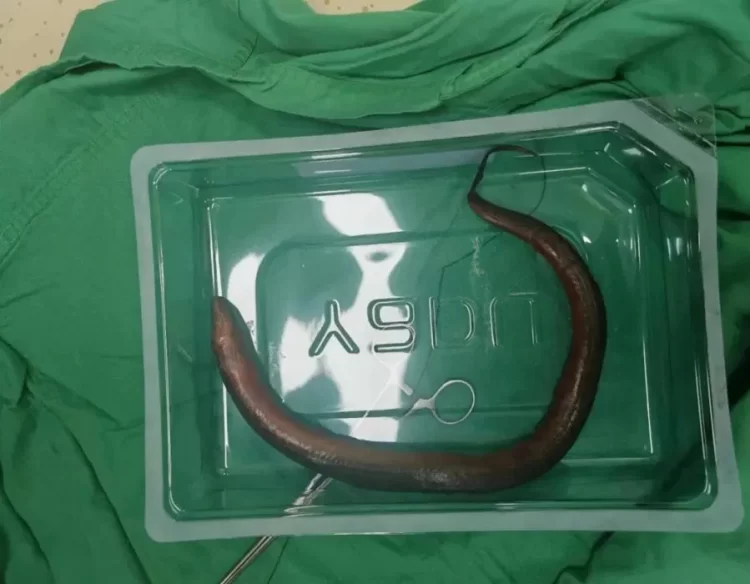It’s fascinating how bizarre the rituals of the dead can get. The latest we’ve discovered is from Pomuch, Campeche, a small Mayan town in Mexico. In Campeche, the day of the dead, which is not unlike Spring Cleaning, is honored each year. On this particular day, families visit the cemetery to participate in the ritual cleaning of the bones of their loved ones. The squeaky-clean remains are then placed on display along with flowers and a new cloth for veneration.
The custom applies to anybody who dies in Campeche, ranging from young to old. Every corpse is buried for three years and then, on the Day of the Dead, the bones are dug up, cleaned and transferred to a wooden crate. The waiting period of 3 years is important because the bones need that time to dry out. The wooden crate is placed on permanent display in the cemetery. From then on, people go to the cemetery to pay their respects and clean the remains every year. Nov 1st is the day dedicated to dead children, known as the Dia de los Niños (Day of the Innocents), and Nov 2nd is for everyone else. The custom of cleaning the remains of dead relatives is said to date all the way back to Mayan practices – when the skulls of ancestors were retained and worshipped. The significance behind the ritual is to help people deal with the pain of losing a loved one. It is also believed to keep families together. The most important belief, however, is that a relative whose remains are poorly taken care of can become angry and wander through the streets. Read More »




















